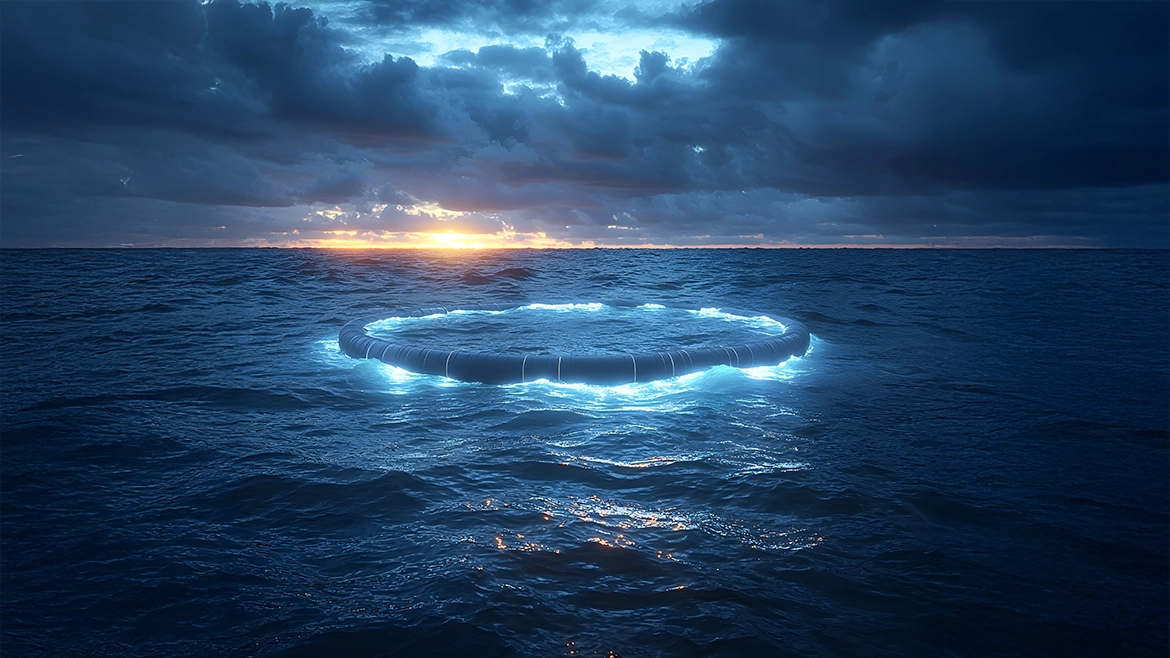The ocean covers over 70% of our planet—and beneath its surface lies a largely untapped energy frontier. As the world accelerates toward cleaner power, marine energy is emerging as one of the most promising and sustainable resources to shape the next generation of products and infrastructure.
From wave and tidal power to thermal and salinity gradients, the ocean offers diverse ways to generate renewable energy—all with minimal carbon footprint and a remarkably consistent output compared to solar or wind. Technologies that convert the rhythmic rise and fall of tides or the relentless crashing of waves into electricity are already being tested in real-world environments. And the engineering possibilities are only expanding.
What makes oceanic tech compelling is its potential for distributed, off-grid, and resilient energy systems. Coastal communities, remote islands, and offshore installations can be powered by small-scale marine energy converters, reducing dependence on diesel or expensive grid extensions. Even underwater data centers and subsea sensors for ocean monitoring are being designed to run independently using marine power.
In product innovation, engineers are now exploring how to embed marine energy systems into floating platforms, underwater drones, and autonomous buoys. Imagine aquaculture farms powered by the ocean itself, or self-sufficient maritime surveillance tools that never need a recharge.
Pairing marine energy with AI, IoT, and edge computing also opens doors to smarter ocean infrastructure—autonomous ports, intelligent climate monitoring systems, and energy-positive underwater labs. These products don’t just operate in the ocean—they’re empowered by it.
Of course, durability is a challenge—ocean conditions are harsh, and devices must be resilient, corrosion-proof, and low-maintenance. But with advances in materials science and modular design, marine tech is becoming more robust and commercially viable.
In the broader climate tech landscape, oceanic energy remains underutilized—but that’s changing. As we redefine how and where products draw their power, the ocean is no longer just a boundary—it’s a catalyst for innovation.


